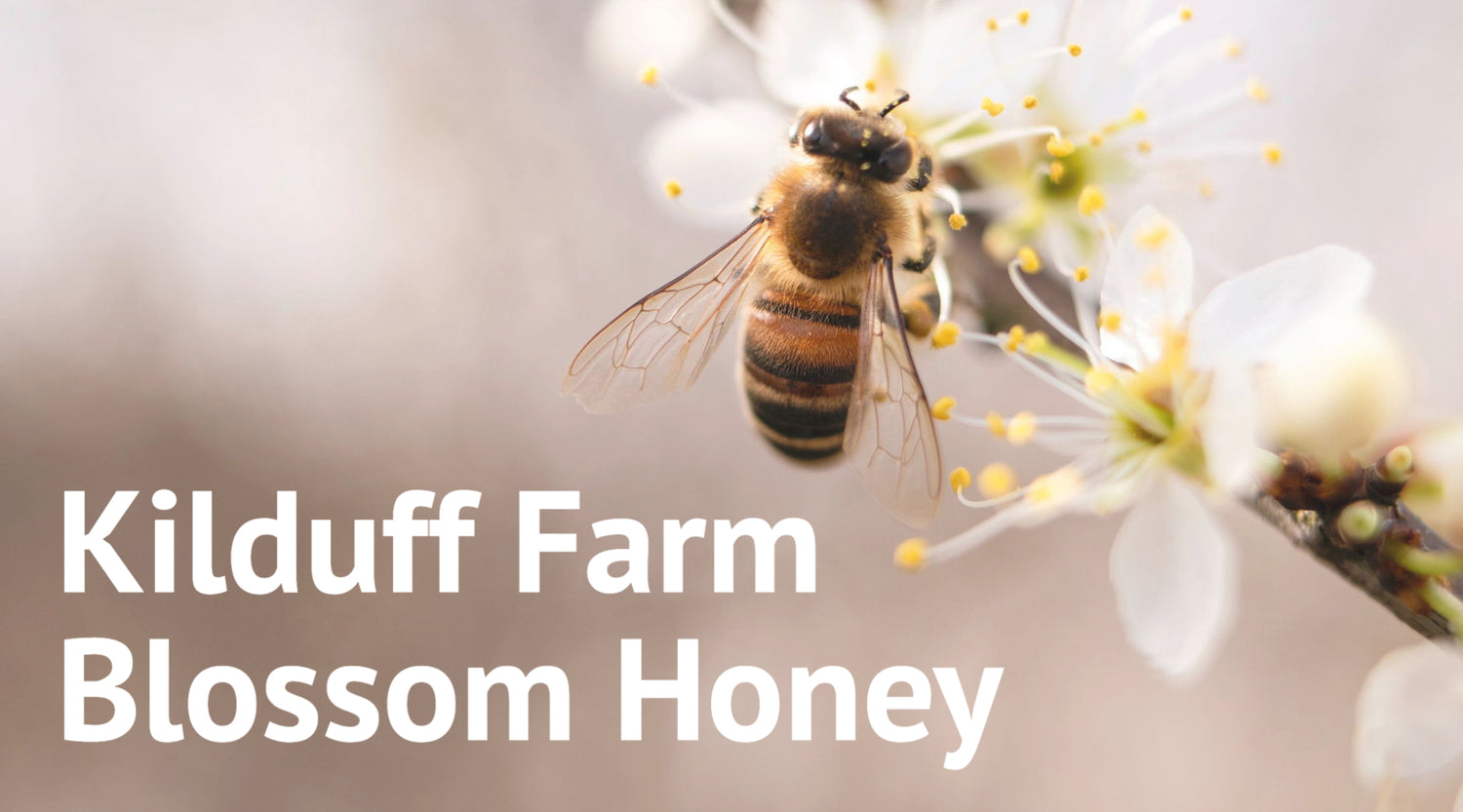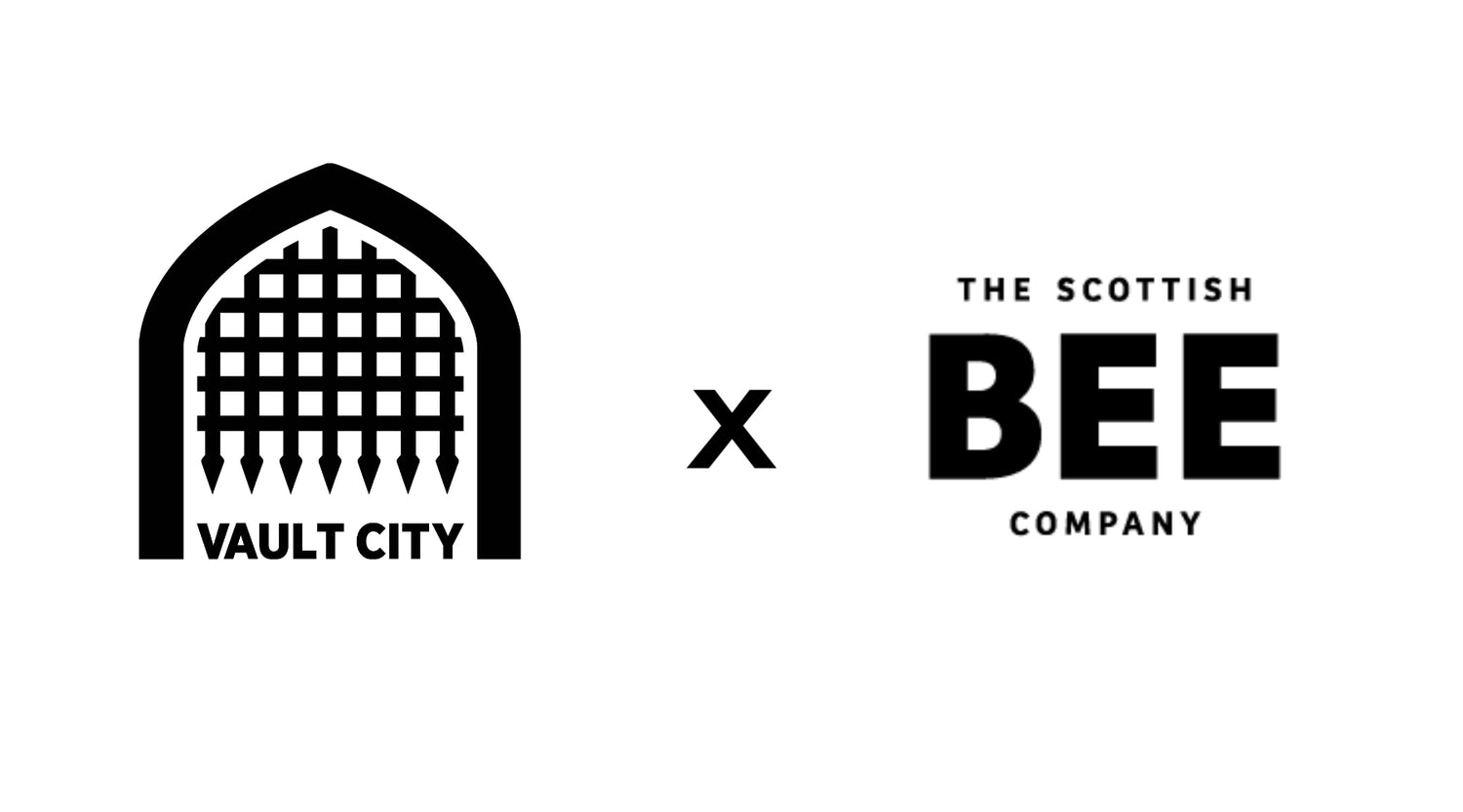One of the opportunities offered to me as a bee farming apprentice is to spend a few of the winter months in New Zealand to get a new perspective on beekeeping. As the Scottish Bee Company’s apprentice, I was given the chance to go out and spend a couple of months with Ali and Peter at Mackenzie Country Honey. Based in Twizel on the South Island, they have over 30 years beekeeping experience so I was in good hands. One of the big interests for me was learning more about Manuka.
Heather and Manuka

I arrived smack bang in the middle of the season, just as the manuka crop was reaching its end. Thankfully I caught the last few weeks due to what had been an unusually cold summer. What was interesting to me was how many similarities there were between manuka honey and our flagship honey, heather. Scottish Bee Company have already highlighted that the medicinal benefits of heather honey are similar to manuka but there are other likenesses too.
During heather season in Scotland there is always that wonderful moment, driving through the glen up to Wanlockhead, where you turn the corner and are struck by the shock of purple on the side of the hill. Well manuka too likes to flower at a bit of altitude and in some fairly amazing bits of countryside. On my first day out beekeeping, Ali and Peter decided to wow me. The drive to the sites was stunning. Mountains, hills and lakes galore and swathes of white flowers – the manuka plant.
We got to work. Having arrived in the middle of the season the hives were already stacked high. Ali, Peter and I spent the day collecting boxes chock full of manuka.

We took them back to the shed for extraction. This is where the similarities continued. Both honeys are dark with a strong smell and taste and they are tricky customers when it comes to extracting. This is because of their thick, jelly like consistency – this means the extraction process is slightly more laborious than it would be for other honey types. The honey doesn’t come out of the cells easily. The key piece of equipment here is the legendary needling machine or as they call it in NZ, the pricker! This helps loosen the honey inside the cells making it spin out more easily when in the extractor.
 The ‘pricker’
The ‘pricker’
Other bits and pieces
As well as manuka, this area also boasts an abundance of clover and vipers bugloss (blue borage) and the bees love both!

Vipers bugloss
The honey bees that Peter and Ali work with are a lovely golden colour and are extremely friendly – I was able to promote a nuc gloveless! Having said that I have had a few stings but feel it is a rite of passage. Perhaps it’s an NZ colony’s way of saying hello and seeing if I’ll stick it out!
So, all in all a great first few weeks and looking forward to seeing what comes next.
You can sponsor your own hive here at The Scottish Bee Company - check out our page here!





